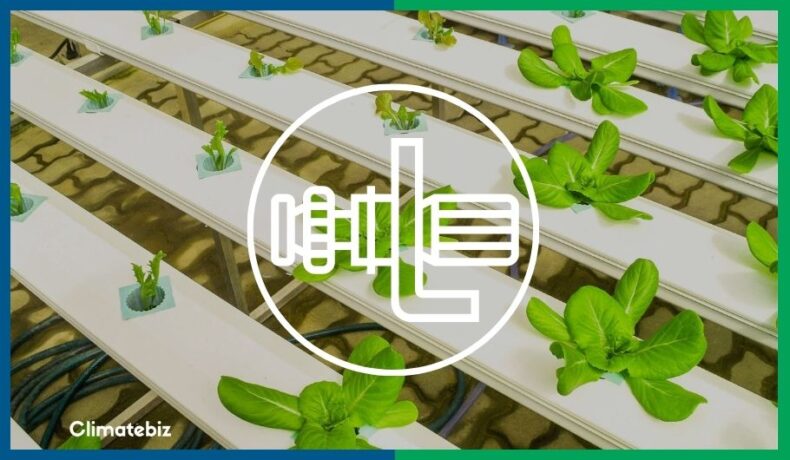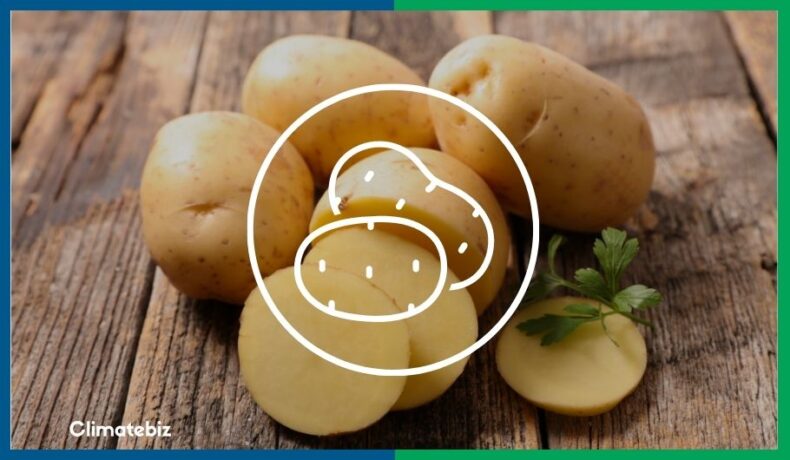
Tall or short, fat or thin — hydroponic zucchini is an absolute win!
Did you know that baby marrow can be grown without soil? Yes, the vegetable that makes a perfect addition to a late lunch or delicious dinner can be grown under your own roof.
And even better, without getting a single fingernail dirty!
But tackling a new type of vegetable gardening can seem pretty daunting, especially when growing with a more “unconventional” method.
Luckily, we have you covered!
This article tackles how to grow your zucchini in a soilless environment, what you should keep an eye on, and a few extra pointers.
Ready, set, grow!
Affiliate Disclaimer
Table of Contents
What Hydroponic Setup Is Best For Zucchini?
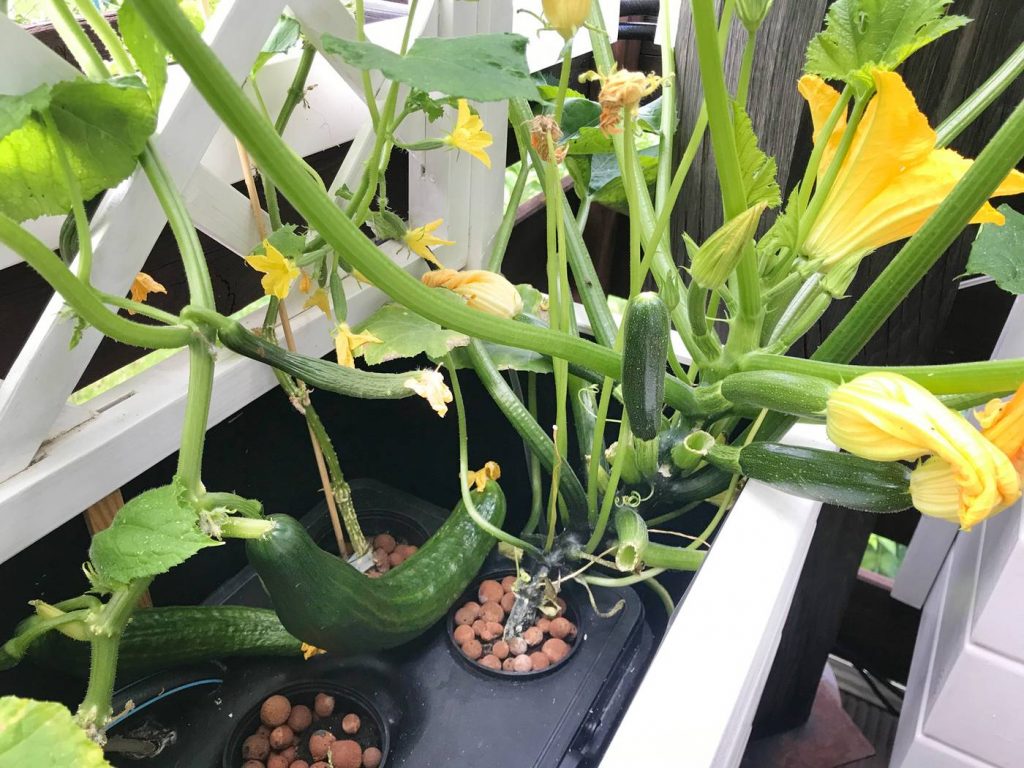
Source: Hydroponic Urban Gardening
Before you start growing hydroponic zucchini, you should familiarize yourself with the suitable hydroponic systems.
Why is this so important?
Like building a house, you need a solid foundation to achieve great results!
Hydroponic Systems
There are two commonly used hydroponic techniques for growing vegetables such as potatoes, lettuce, basil, and zucchini.
These are:
| Hydroponic Technique | What It Entails |
|---|---|
| The Nutrient Film Technique | This popular technique involves suspending plant roots over a steady nutrient stream. |
| Deep Water Culture | This method involves roots growing directly into a nutrient-abundant reservoir below a supporting tray. |
In this case, the nutrient film technique is the perfect solution.
More specifically, an ebb and flow setup.
Let’s dig a little deeper.
The Ideal Type Of Hydroponic System For Zucchini
An ebb and flow system is the best choice for growing hydroponic zucchini!
This system continuously circulates nutrient-rich water from a reservoir into plant containers and drains it back down.

Source: Hydrobuilder
What Nutrients Does Hydroponic Zucchini Need?
Nutrition is what keeps us going!
Just as we need food to function, plants need nutrition to grow.
There are 13 essential nutrients that contribute to perfect plant processes and production.
13 Essential Nutrients
- Nitrogen
- Potassium
- Magnesium
- Calcium
- Sulfur
- Phosphorous
- Iron
- Copper
- Zinc
- Chlorine
- Boron
- Molybdenum
- Manganese
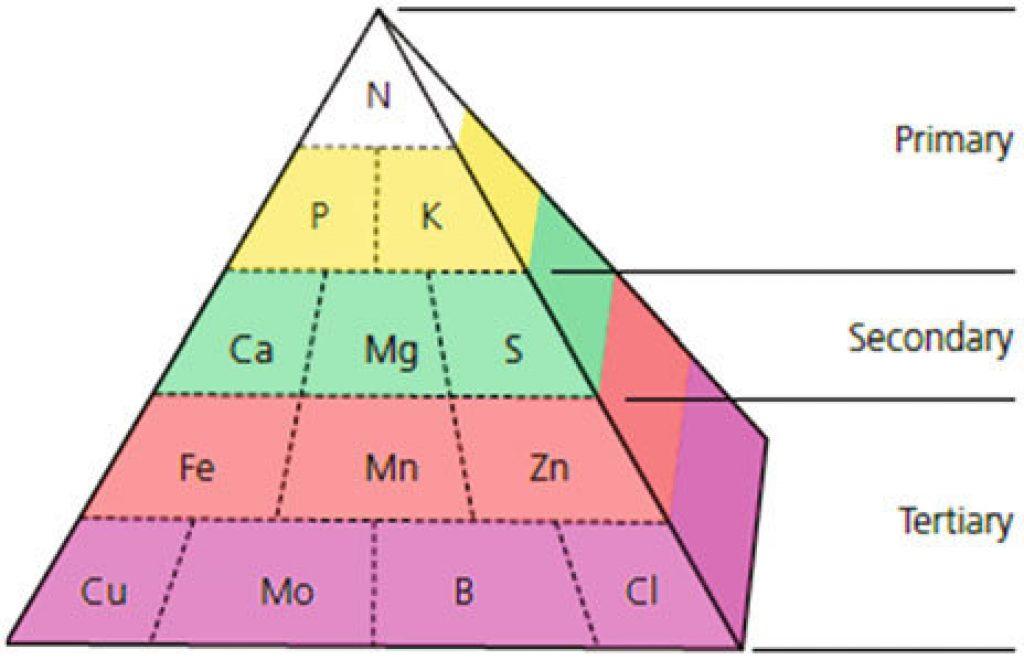
Source: ResearchGate
Along with the 13 essential elements, hydroponic zucchini requires carbon, oxygen, and hydrogen from their environment.
A hydroponic system is soilless, so you must add these nutrients manually.
You can buy these mixes online, or if you’re up for a new challenge, you can make them at home!
The best type of nutrition for your hydroponic zucchini setup is an 8-16-36 fertilizer.
You’re probably wondering what the 8-16-36 means.
Well, these numbers indicated the % concentration.
The fertilizer contains 8% nitrogen, 16% phosphorous, and 36% potassium, boron, copper, iron, manganese, zinc, and Molybdenum.
How Much Light Does Hydroponic Zucchini Need?
Light is what makes growing possible!
Without sufficient light, plants can’t photosynthesize. And without photosynthesis, there is no energy for growth.

Source: Wageningen University & Research
When a plant is starved of light, it’ll try to put all its energy into moving toward the closest light source. In other words, it’ll grow very long and drop most of its leaves.
Conversely, a plant overexposed to light will bleach out and become scorched.
In short, you’ll have a failed crop!
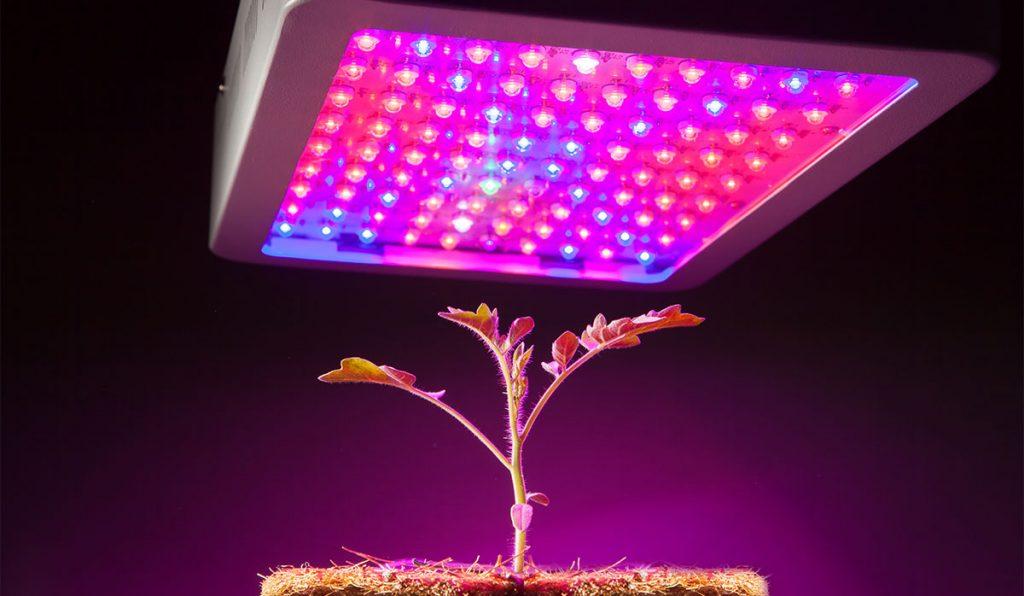
Source: UV Hero
Zucchini needs almost 14 hours of adequate light to grow well.
Growing indoors, you’ll need to substitute what the sun usually provides.
Choosing indoor grow lights can seem overwhelming, especially since the internet is flooded with products and opinions, which can leave you feeling confused.
But you can make the process a little easier by asking yourself the following questions:
- How much space do I have available for your system?
- What type of light does my plant need?
- What wattage does my room/grow space support?
These answers will narrow the search significantly, leaving you with a better idea of where to start looking.
Now for the part you’ve been waiting for — the growing process!
How To Grow Hydroponic Zucchini
You’ve chosen your system; now it’s time to get growing!
Step 1: Setting Up Your Hydroponic System
So you’re ready to put together an ebb and flow system?
Here is what you’ll need:
| Component | Why You Need It |
|---|---|
| Growing Tray | You’ll need to place a tray on top of your reservoir, holding your plants in their containers and allowing them to grow inside the gully or channel. |
| Plant Holders or Containers | This gives your plants added structural support. |
| A Growing Gully | The open space allows zucchini to grow and be exposed to flowing nutrient water. |
| A Bottom Reservoir | This is the foundation that holds nutrient-rich water and essential elements needed for proper zucchini growth. |
| Water Pump and Tubes | A suitable pump and necessary tubing carry the nutrients and water to and from the vegetables. |
Time To Assemble
Start by fitting together the water reservoir at the base, then your growing gully on top with the appropriate aggregate-filled growing tray.
Next, place all your tubing in the correct positions and attach your pump to the reservoir (make sure it’s turned off).
Once this is done, start filling the reservoir with water and your nutrient solution.
Turn your pump on, and let the water circulate through the system.
Step 2: Sewing The Seeds And Propagating Perfectly
The ideal way to grow zucchini is from the seed level — yes, from scratch.
You can begin by buying zucchini seeds and a growing medium such as peat starter plugs. Additionally, you can go for vermiculite materials.
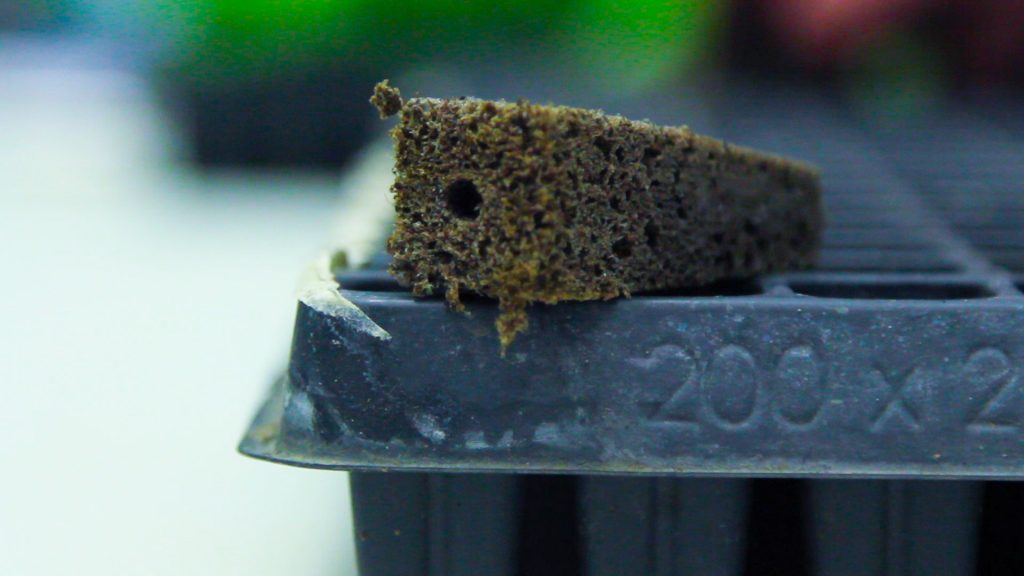
Source: Upstart University
Once you’ve chosen a growing medium, plug the seeds in individually at a depth of around 3/4 inch deep.
Be sure to keep them moist and covered! Humid darkness is the aim of the game here.
After a week or two, your germinating gems will start to sprout. Now you can transfer them into your containers and add them to the hydroponic system.
Step 3: Moving Your Plants To The Hydroponic System
The time has come to move from small scale to the big leagues!
It’s time to transplant the readily germinated seeds into your chosen growing aggregate, such as perlite in a container or tray.
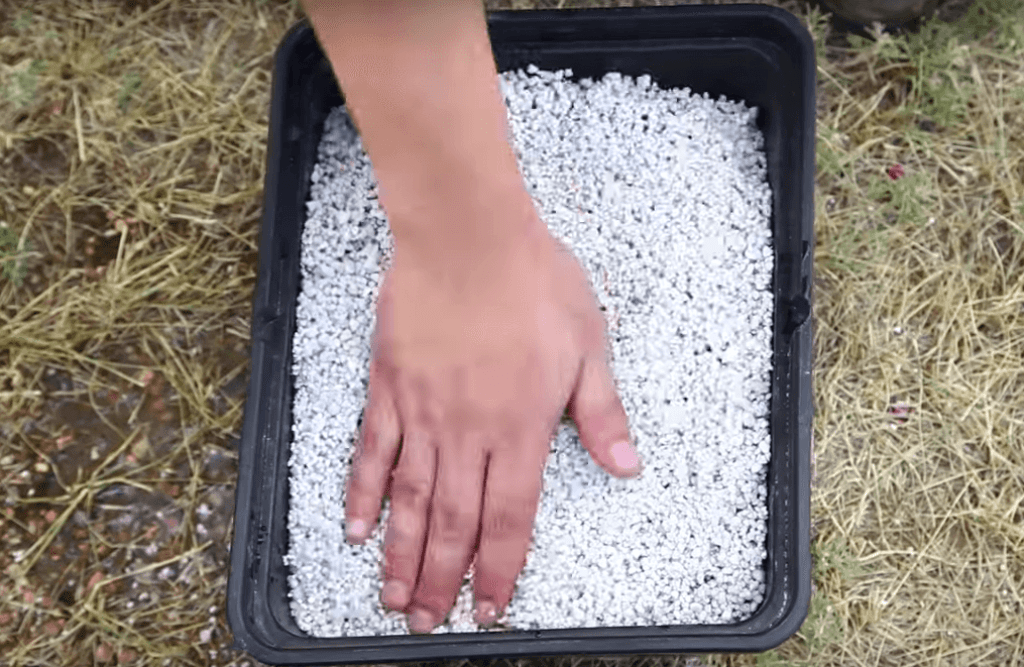
Source: Start Up University
In fact, perlite is an excellent option because of how well it draws up and maintains loads of water and oxygen molecules.
You can remove the plant from the plug and place it into its new plastic pot or container home.
Do this by gently breaking away the moist surrounding medium and carefully tugging the plant by its stem.
Make sure not to crush the fragile roots — they are your plant’s lifeline!
Step 4: Maintaining An Optimal Environment
This step is probably the most crucial for a successful experience!
Treat your plant’s environment as you would your own — you wouldn’t take kindly to a highly acidic environment with extreme temperatures, now would you?
Therefore, you need to maintain an optimal pH balance almost daily.
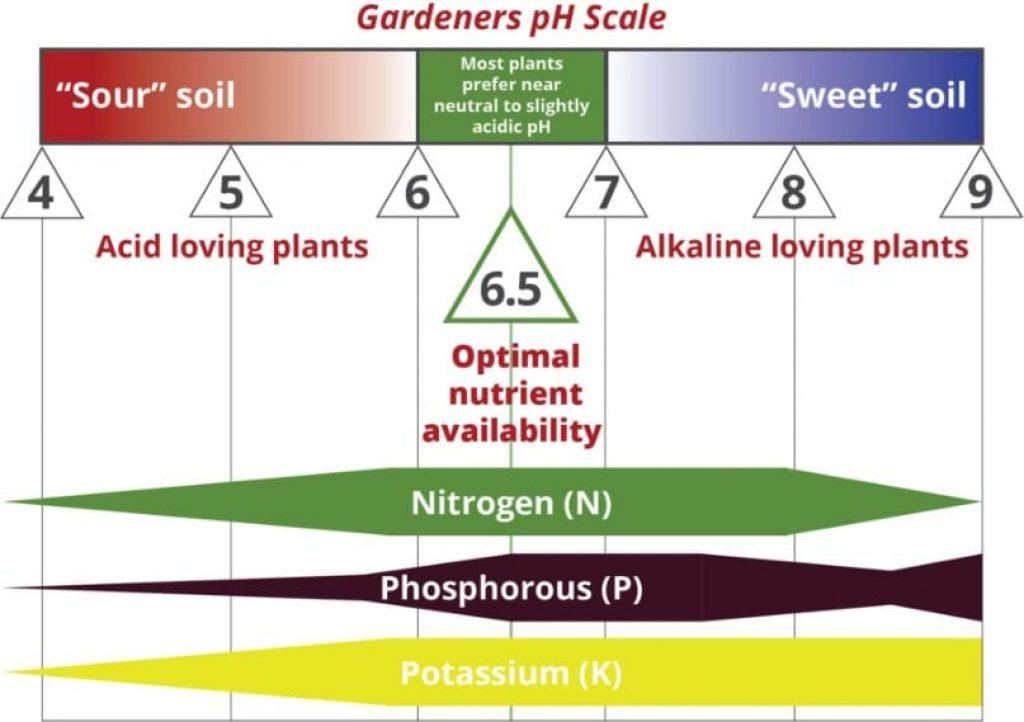
Source: Garden Tutor
So be sure to regularly maintain the optimal light (discussed earlier), room temperature, and moisture for your zucchini.
Zucchini needs a temperature of around 75 to 85°F during the day and 60 to 65°F at night.
How can you measure and adjust this? You can keep a tight leash on your temperatures and humidity by buying a thermostat and/or dehumidifier.
Step 5: Regular Monitoring And Cleaning Routine
Monitoring
Regularly checking in on your system and plant growth is a continuous step you can’t skip.
Your system will speak to you in many ways and help you make the necessary adjustments to prevent future problems.
For example, your plants’ coloring will give you an idea of what is going on with their health.
Cleaning Routine
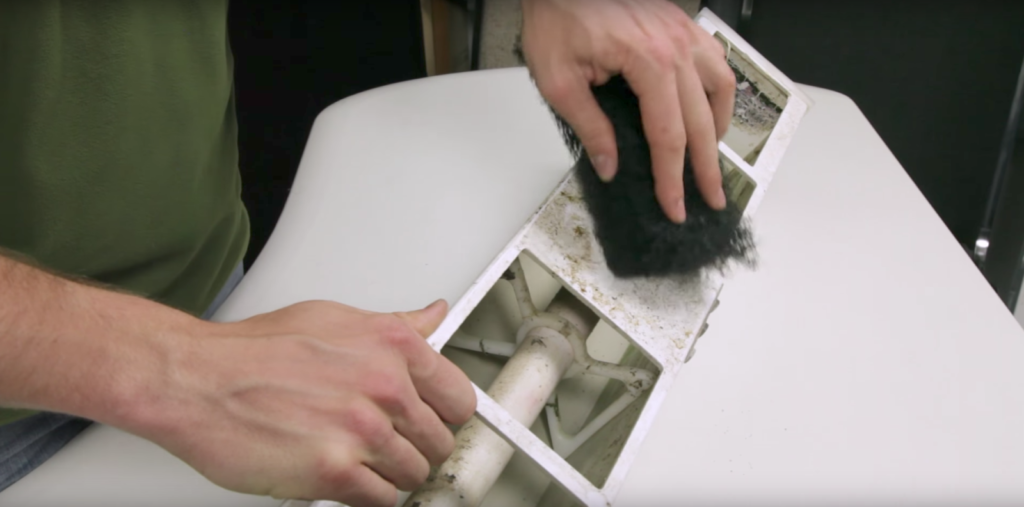
A clean system is a healthy, happy system!
Watch out for strange or excessive algal growth — this could indicate an underlying problem that needs further investigation.
Once you are done with a crop and wish to start a new one, disassemble your setup and clean the components with warm soapy water and a sponge.
This will remove algae and bacteria and keep things clean for your next venture!
How Long Does Hydroponic Zucchini Take To Grow?
As the saying goes, “all good things come to those who wait,” and the beginning stages of zucchini growth require time.
As we discussed in step 2, your zucchini seeds will take about two weeks to germinate.
After transferring them to a more extensive system, you can expect a waiting period of about 8 weeks before your first mature crop.
But once you start harvesting, your zucchini will be the gift that keeps on giving — you’ll be able to harvest as long as you keep your plants in good condition.
Here is a little snippet of what you could expect!
Final Thoughts
There’s nothing quite as satisfying as trying something for the first time, so why not take a chance growing some hydroponic zucchini!
Should you choose to do so, remember:
- The most suitable choice of hydroponics system (ebb and flow system)
- Ensure adequate nutrition
- Regularly monitor and manage the surrounding environment
If you keep a close eye on these key areas, you’re pretty much set up for success.
Happy growing!
If you want to share your thoughts or ask us a question, please feel free to reach out to us in the comments section below! Alternatively, visit our forum or follow us on Twitter to share your opinions!




